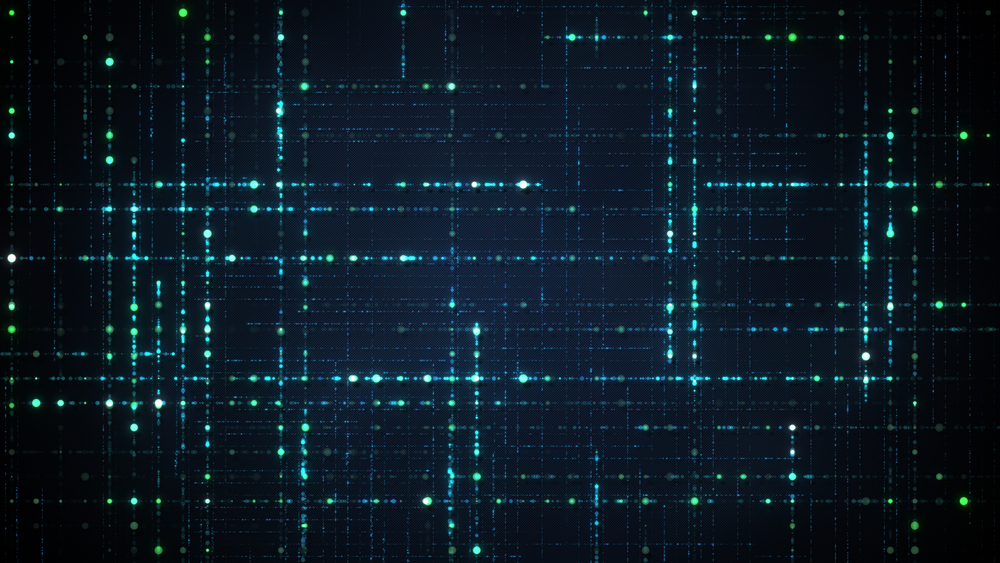People with an interest in cryptocurrency often look at different ways to earn Bitcoins and other currencies using different means. It appears some have looked into the concept of grid computing to make some money in a passive manner. However, the concept of grid computing may not necessarily lend itself to mining cryptocurrency. Now would be a good time to look into the idea of grid computing and exactly what it means.
Grid Computing Can Be Quite Powerful
There would not appear to be a big difference between grid computing and fog computing. Both concepts revolve around collecting computer resources from multiple locations to achieve a common goal. In fog computing, this means wielding the power of multiple devices in one’s home or region to complete any task. Grid computing is not all that different from that.
Grid computing is considered to be a distributed system with non-interactive workloads involving a large number of files. It is not entirely the same as fog computing since grid computing has every node set to perform different tasks or applications. Additionally, grid computing devices are more geographically dispersed, whereas fog computing seeks to wield resources in one’s own region first and foremost. Both concepts are valid for different purposes, although they may not be suited for every single task in the same way.
To put this into perspective, grid computing can serve a dual purpose. On the one hand, it can be used to combine resources to complete a specific task, such as cryptocurrency mining. However, the more common approach is to use this system for multiple purposes at once, such as maintaining different aspects of a software suite. If a grid computing network grows large enough, it can rival some smaller supercomputers. This is part of the reason why grid computing is often referred to as a super virtual computer.
In actuality, there is a big difference between grid computing and supercomputers. Distributed computing requires resources that are fully equipped with onboard CPUs, GPUs, storage, power supplies, and the like. Additionally, it requires an internet connection; otherwise, people could not connect to those resources. Any application requiring multiple parallel computations — cryptocurrency mining, for example — benefit from such a network. A supercomputer often has a customer operating system, whereas grid computing is achieved using a convenient network interface.
It seems there are dedicated markets for grid computing resources. Most of these services are offered in the context of the grid middleware market, which is the “official” marketplace for grid-enabled applications. Software-as-a-service (SaaS) is another example of how grid computing can make a big impact. Last but not least, there is the utility computing market to be taken into account. Demand for grid computing is a bit of a hit-or-miss right now.
Readers may already be aware of projects employing grid computing. BOINC and Folding@home are two projects that come to mind almost immediately. In addition, SETI@Home and GIMPS both utilize computing resources from all over the world to achieve their goals. It is good to see so many projects flock toward grid computing instead of renting hardware from providers that charge too much and require users to sign up for year-long contracts.

